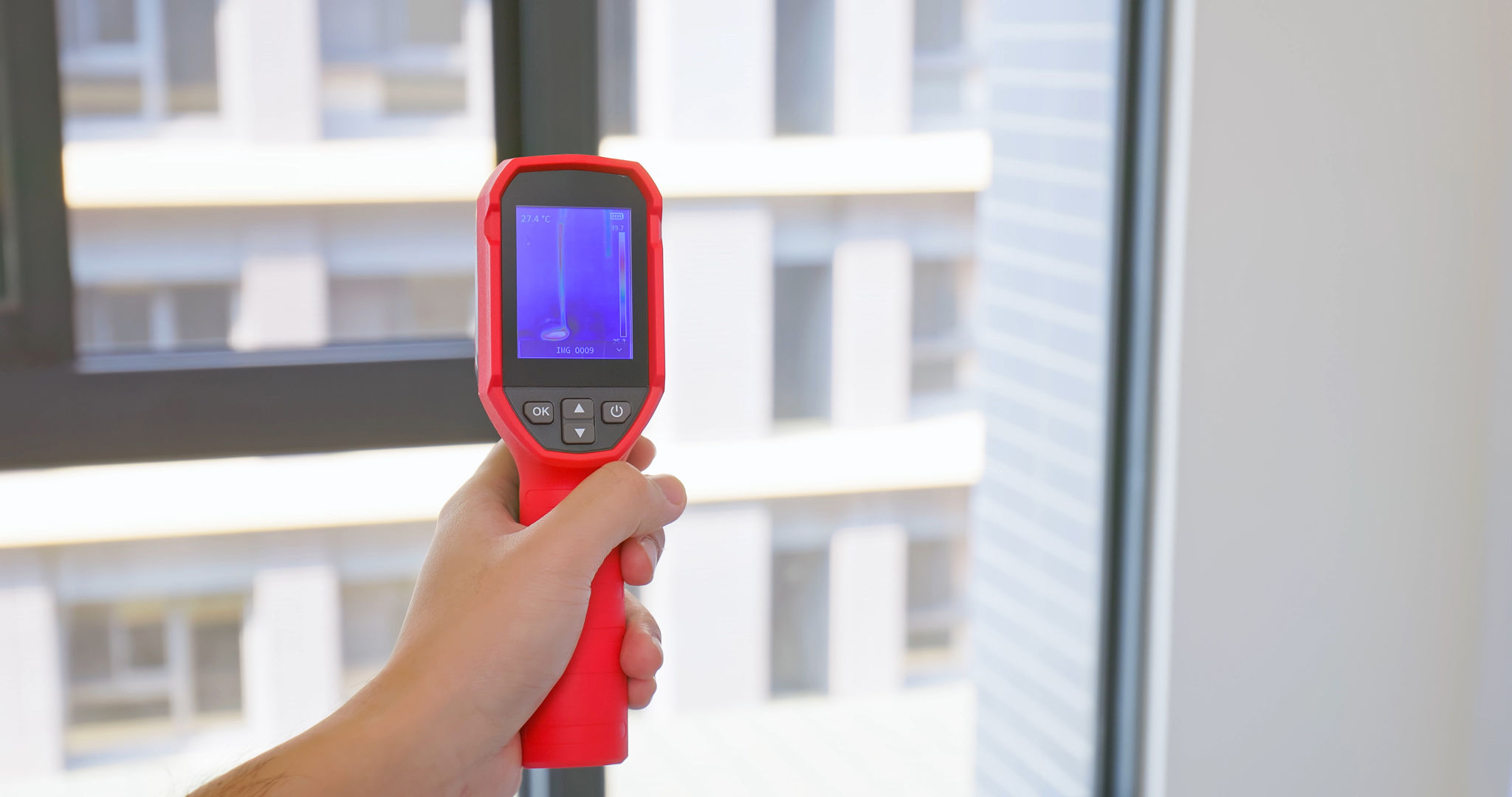Comparing Traditional vs. Drone-Based Thermography for Industrial Maintenance
Understanding Thermography in Industrial Maintenance
Thermography has long been a cornerstone in the field of industrial maintenance, providing a non-invasive way to detect anomalies and inefficiencies. This technology uses infrared cameras to measure and visualize temperature differences across surfaces, helping identify potential issues before they lead to costly failures.
Traditionally, thermography has been carried out by technicians on the ground, manually scanning equipment and infrastructure. However, with the advent of drone technology, a new method has emerged, offering exciting possibilities for enhanced efficiency and coverage.

The Traditional Approach to Thermography
The traditional method of thermography typically involves technicians using handheld infrared cameras. This approach allows for detailed inspections by trained professionals who can interpret the thermal images and identify potential problems. However, it also comes with certain limitations.
Limitations of Traditional Thermography
One major limitation is accessibility. Technicians may find it challenging to reach certain areas safely, especially in large-scale industrial sites. Additionally, this method can be time-consuming, as it requires personnel to physically move around the site.
Drone-Based Thermography: A Game Changer
Drone-based thermography is revolutionizing the way industries conduct thermal inspections. By mounting infrared cameras on drones, companies can now perform inspections from above, covering large areas quickly and effectively.
Advantages of Drone-Based Thermography
There are several advantages to using drones for thermographic inspections:
- Increased Safety: Drones can access hard-to-reach areas without putting human workers at risk.
- Faster Inspections: Drones can cover large areas in a fraction of the time it takes for manual inspections.
- Comprehensive Data Collection: Drones can collect more data points, providing a detailed overview of the site's thermal performance.

Cost Implications and Efficiency
When comparing costs, drone-based thermography can offer significant savings over traditional methods. While the initial investment in drone technology and training might seem higher, the reduction in labor costs and inspection times often outweighs these expenses.
Moreover, drones provide a level of efficiency that is hard to match. They can operate in various weather conditions and reach places that are otherwise inaccessible, ensuring that no part of the facility goes unchecked.
Choosing the Right Method for Your Needs
The choice between traditional and drone-based thermography depends on several factors, including the size and complexity of the facility and the specific needs of the maintenance program. For smaller sites or where detailed manual inspection is necessary, traditional methods might still be preferable.
Integrating Both Methods
Many companies find that a hybrid approach works best. Using drones for initial surveys and large-area coverage, followed by targeted manual inspections, can provide comprehensive results while maximizing efficiency and safety.

The Future of Thermographic Inspections
As drone technology continues to advance, we can expect even more sophisticated thermal imaging capabilities. This progress will likely lead to further integration of automated systems with artificial intelligence, enhancing diagnostic accuracy and predictive maintenance strategies.
Ultimately, whether using traditional methods or embracing drone technology, thermography remains an invaluable tool in maintaining industrial equipment and infrastructure effectively.